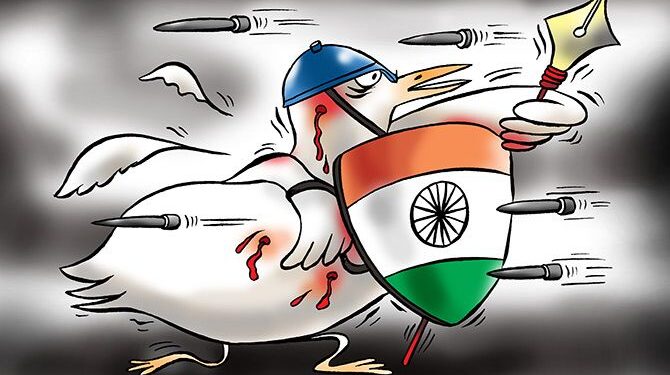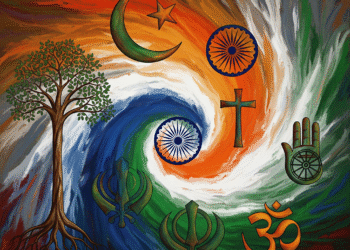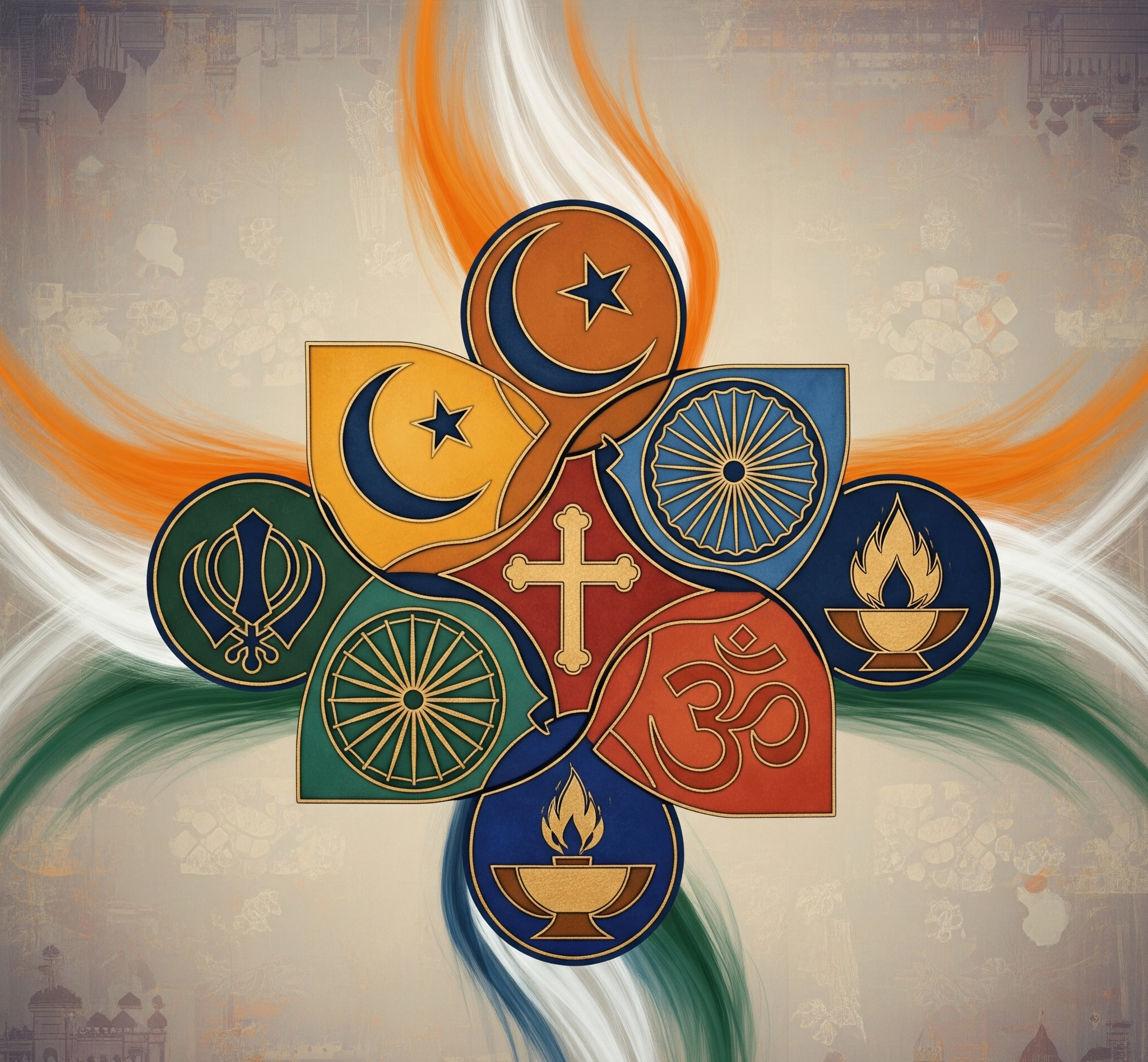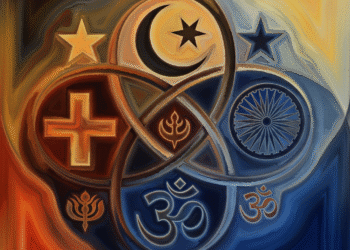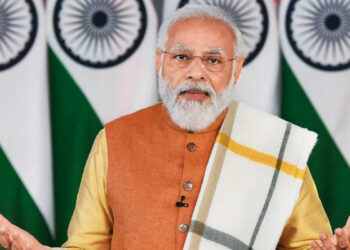“How in a big an[d] diverse country like ours, can the democratic institutions fall prey to such ideologies?” Someone asked in the comment section of a post I shared on Facebook.
To put it in context, the commenter is referring to the seemingly increased capacity of the government to control — mostly, distort to serve “nationalistic” purposes — the narrative with little regard for facts or reason, the larger context (indicated by “ideologies”) being the prevalent idea of the “patriotic” or “nationalistic” Indians being more Indian than the others, or a specific class of citizens being less of Indians or more of non-Indians than others, or some other version of the same warped way of non-thinking.
The answer, I suspect, is going to be rather long, so I preferred to put it in an article rather than in a response to the post in the comment section. The other reason is that the question might be riling many minds, and although I don’t claim to have a definitive answer, there is no harm in trying to answer.
Diversity is no guarantee
The question presupposes that in a country as “big and diverse” as India, democratic institutions are somehow far less likely to fall prey to narrative engineering. That assumption is misplaced. Diversity and territorial expanse is no guarantee against the effectiveness of divisive political tools that politicians have at their disposal. In fact, diversity makes it easier for dissimilarities to be played up as actual, hard divisions and then reinforced with a mixture of hate and fear into concrete walls to seal off different groups into different “societies” (through crafty identity politics) to be used for political ends.
To put it more simply, Group X and Group Y may have features “A-B” and “P-C” — something as insignificant as, say, traditional attire — and those features can be positioned as indicative of a civilizational difference between the two groups by clever manipulation of news stories and talk shows.
Attire, for instance, is part of a culture, no doubt, and if it is rigidly enforced, it can be a part of “group identity”, and then it can be used by anybody for their own purposes as the distinctive feature of a people, thereby reducing a people, in this instance, to mere clothes. And not just clothes; these supposed distinctive features or identifiers can be just about anything. That’s how most of the divisions work. They are crafted by vested interests, but can just as well be dissolved by simply looking beyond the flimsy classification, for beneath all social and political identities, there is an individual every bit like any other anywhere.
The parties that are interested in such divisions for their own selfish interests simply prevent people from looking beyond these manufactured identities by redirecting their attention repeatedly to the “difference” and connecting all kinds of real and imaginary problems to such “differences” and portraying them as irreconcilable cultural or civilizational differences. This works particularly well in times of economic crises.
When democracies fail
The other assumption relates to “democratic institutions” insofar as the commenter wonders why these institutions are failing. Democratic institutions, with an obvious emphasis on “democratic”, can only be as democratic as the vibrancy of the democracy they stem from. If democracy weakens, so do the institutions because the plant, or a tree — no matter how large and strong — can be only as healthy as the roots.
Democracies do not work by way of elections alone; they are not brought about or maintained from one poll to another because democracy is not what happens at the polls, but what happens between them. Democracy is a system of governance that works only by keeping the government accountable, which cannot happen without constant public engagement with governmental policies through informed debates.
If people start “trusting” the government, and stop questioning the decisions made, those in power feel free to use the power to profit from it as long as they are sure that by deflecting attention to a different debate from the actual public interest debate, they can retain power. To simplify (or oversimplify), while the people are engaged in pointless debates about non-existent problems, the real problems lay around unattended and the people in power have to do nothing to solve the problems and can use their positions for self-aggrandizement, which, as a matter of fact, is what people want political power for in the first place, and which is a perfectly understandable human aspiration. The fault is not with those who pursue such a natural human goal; it’s with the people who let them do it at their cost, and those people are “we, the people”.
It is our democratic duty to keep the government accountable, which duty we owe not only to ourselves and our fellow countrymen but also to future generations because a healthy democracy is both the basis and the surest guarantee of civil rights that all governments and rulers seek to undermine through political propaganda, divisive politics, suppression of dissent and subversion of checks and balances.
What India is seeing is the political equivalent of a movie remake based on a tried and tested film formula, like any of the countless lost and found dramas that Bollywood has fed us over the years. But it’s not a film that we can walk out of into the real world. Unfortunately, bit by bit we are weaving a nightmare into our everyday reality, to which we might one day awake, panting and screaming, and all tangled up.
Originally published as part of my monthly column Street Lawyer in the April 2021 Issue of Lawyers Update (Vol XXVII, Part 4).
Photo Credit: Uttam Ghosh/Rediff.com

